Beginners Guide to Foraging for Medicinal Mushrooms
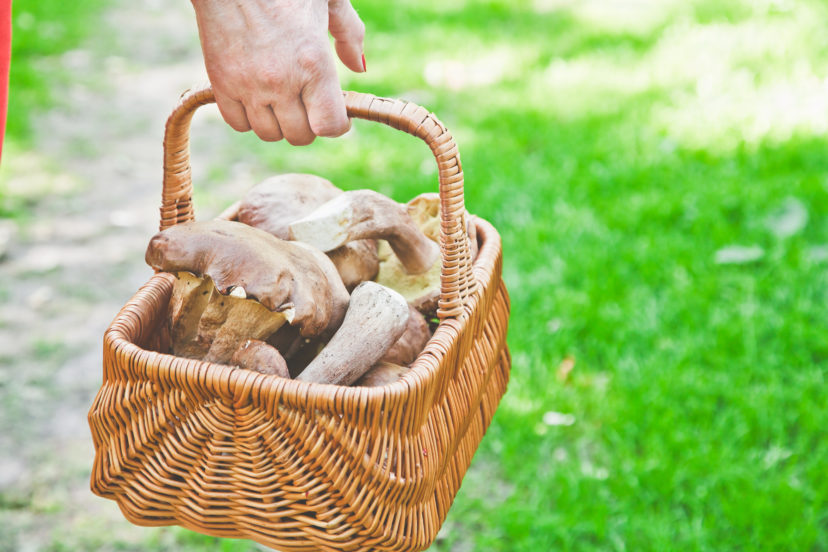
If you like an adventure, then foraging for medicinal mushrooms will make a great day out.
These healthy mushrooms help make a variety of deliciously tasty dishes and also provide a fun experience if you decide to hunt them yourself by exploring the wilderness.
It can be a challenge finding the right mushrooms. However, the prize at the end is worth all the effort. You will have huge satisfaction as you walk away with your basket full of fresh medicinal mushrooms of different kinds.
Two essential items you should take with you are a good mushroom knife and a mushroom basket or bag to collect your pickings.
To make your mushroom hunt enjoyable here are some of the basics you need to know. Adding a serve of patience and persistence will ensure you find these prized possessions.
Mushroom Hunter Basics
Know the Region
When foraging for medicinal mushrooms, you need to understand the area and season where the type of mushroom you’re hunting for grows.
Each type of mushroom grows in a specific environment. It is essential to have this information so that you don’t go looking in the wrong place at the wrong time.
For example, morels grow on or near dead trees and usually in colder regions so make sure you have the environment and conditions right.
Beware of Poisonous Mushrooms
Another significant factor in foraging for mushroom is to know the kinds of edible mushrooms you can pick. Even more importantly know which ones look like the edible type, but are poisonous.
Do research before you head off on your adventure. Consider downloading images of the good and bad mushrooms so you can cross check with confidence. Sometimes the edible and poisonous look similar, so having handy photos will help remove any doubt.
Apart from a visual identification, you can test some mushrooms you are not sure about. For example, if you cut an edible morel in half, they are hollow in the middle. If not, then you will have the poisonous morel look alike, which can be difficult to know until you have a lot of practice and experience.
As an added precaution, many but not all poisonous mushrooms have a deep bitter and unpleasant taste when eaten. If ever you get this, you should quickly spit them out and rinse your mouth thoroughly and as an extra precaution, seek medical advice. This will only really happen if you have picked the mushrooms yourself, not with store bought mushrooms.
Remember that not all poisonous mushrooms have this bitter taste so take care when picking and eating foraged mushrooms.
Even mushrooms such as Oyster mushroom look alikes can prove to be lethal to health. However if you’ve done your research right, telling poisonous and edible mushrooms apart is not that hard. Similarly, Chantrelle mushrooms grow separately and not in clusters at one specific place whereas the Jack O’ Lantern is always found in forms of clusters.
Common Poisonous Mushrooms
Some of the poisonous mushrooms to avoid on your expedition are:
- Death Caps – As its name implies, these are one of the more deadly mushrooms a hunter can find and are found in urban areas and in the wild. Consuming only half a cap of this nasty mushroom can cause extensive damage to your liver, which in many cases is irreparable. You can usually identify Death Caps as they have a characteristic thin white stalk and a round, silver cap on top.
- Destroying Angels – If you’re thinking it can’t get worse than the Death Caps, then you absolutely must watch out for and stay clear of Destroying Angels. This is one of the deadliest mushrooms that will impact you within hours of consuming them, attacking your liver and kidneys. Act fast and get medical help as quickly as possible to survive these horror mushrooms. Typically, they have a narrow white stalk and a white cap and gills so they are quite distinctive.
Edible Mushrooms
Fortunately even though there are a number of species of poisonous mushrooms, there are also many safe, delicious edible medicinal mushrooms in the wild.
On any foraging expedition you could easily find:
• White Buttons
• Morels
• Truffles
• Portabellas
• and Creminis as well as other kinds
White Buttons, Creminis, and Portabellas belong to the same family and only differ due to their age and maturation stage.
Truffles on the other hand are significantly harder to locate. You may have seen videos of dogs or pigs being used to help uncover these highly sought after and costly fungi so you will do well to find any of these on your day out. It’s unlikely…but you never know.
Wrap Up
Foraging for medicinal mushrooms is a fun thing to do. You get outside in the fresh air, into nature and hopefully come home with many prized possessions. Most people find their own hand picked mushrooms are more fresh and tasty than store bought and provide a real sense of satisfaction from a good day out.
To ensure a good and prosperous day out, have the right mushroom foraging kit.
Also, make sure you have identified the no go mushrooms and take images of these with you to be safe. As always, if in any doubt it is best to leave that mushroom alone and move on to others. There are plenty mushrooms in the forest.
Did you Like This Article? Please Pin it on Pinterest
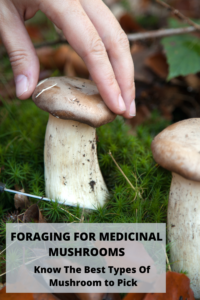
Comments are closed.

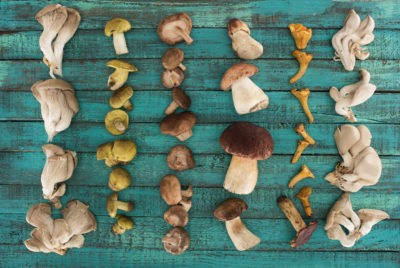
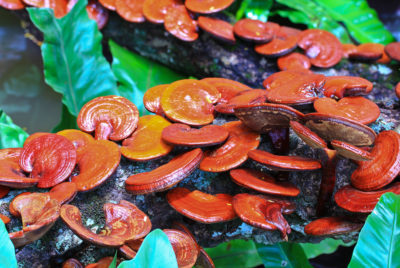
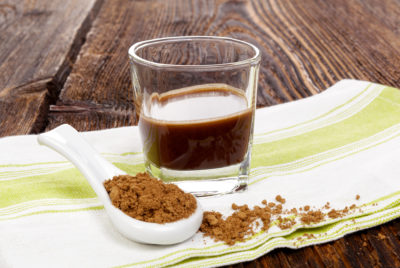
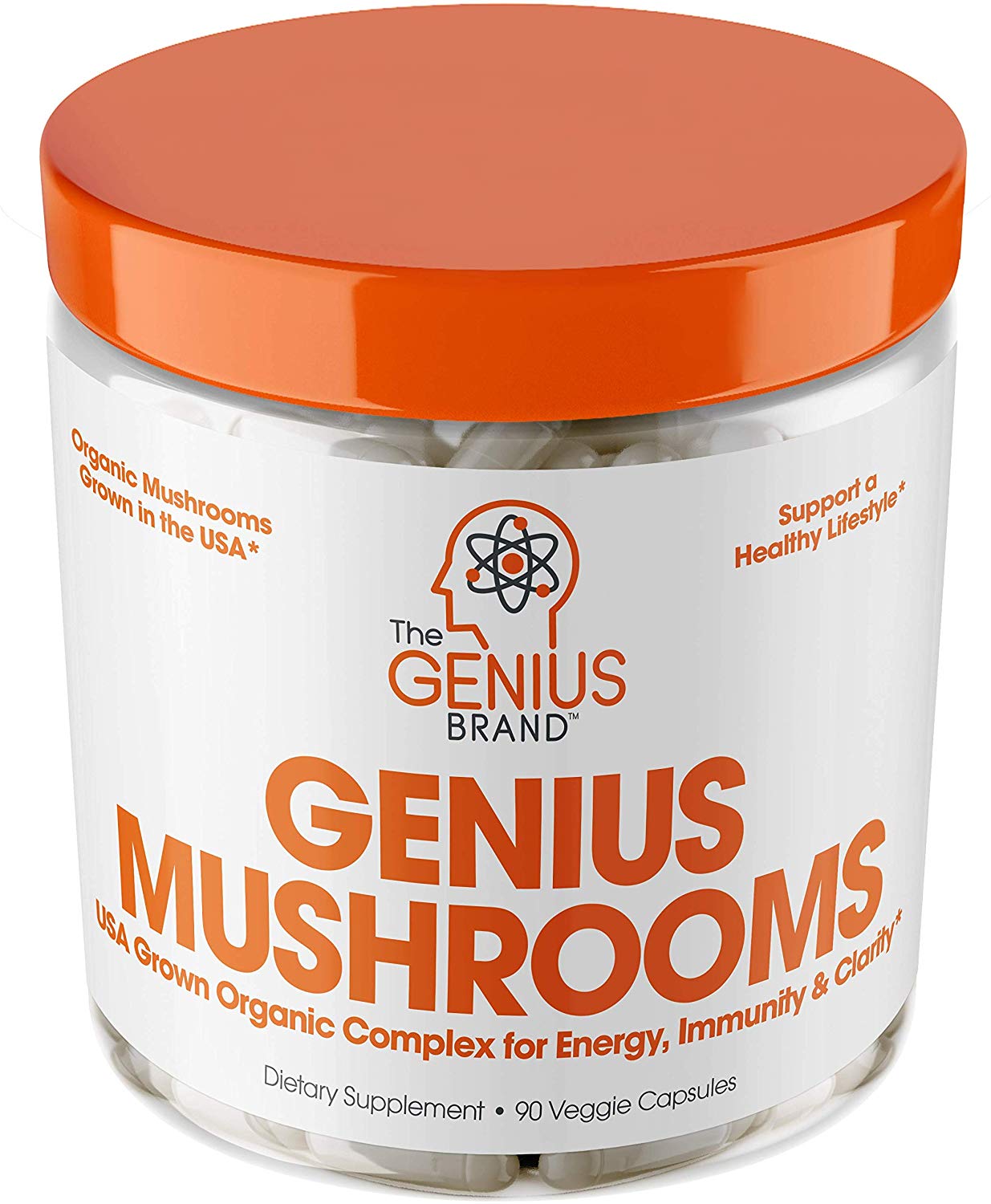

[…] plant is infected with endophytic fungi of some kind, they cannot produce mushrooms. If you go mushroom hunting you will most likely not find any of these types of mushrooms as they are very hard to find and are […]